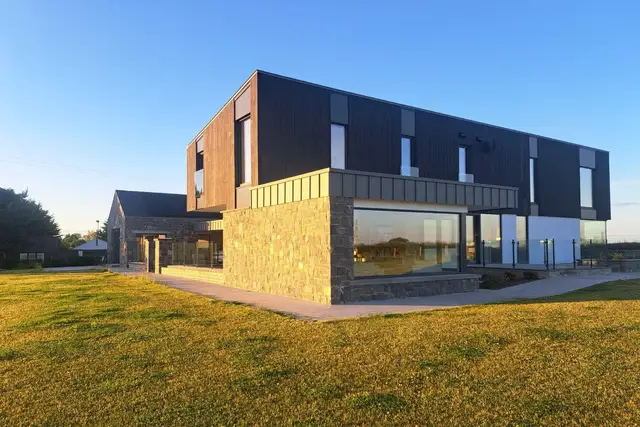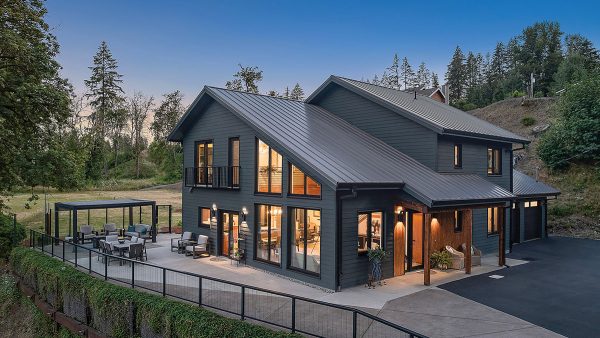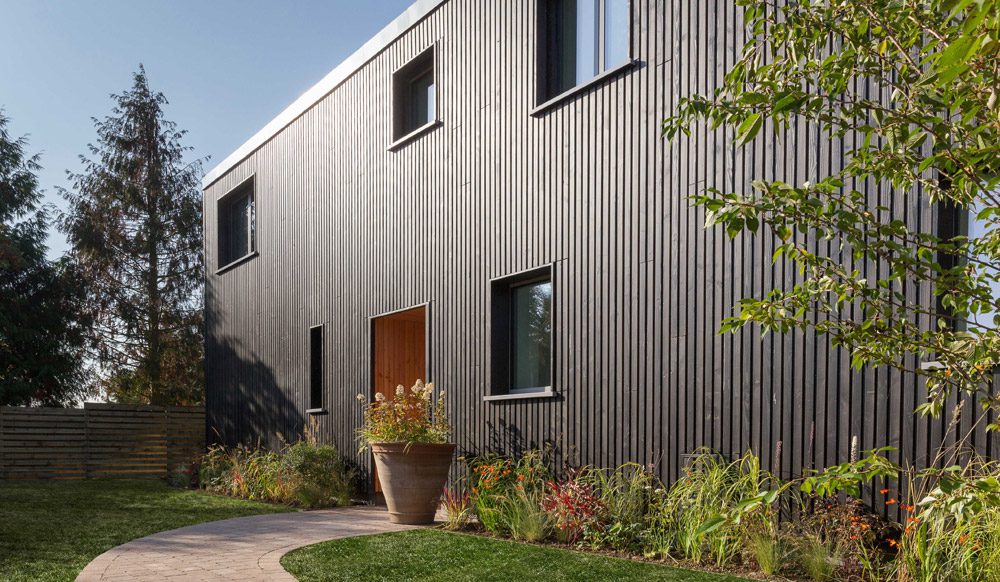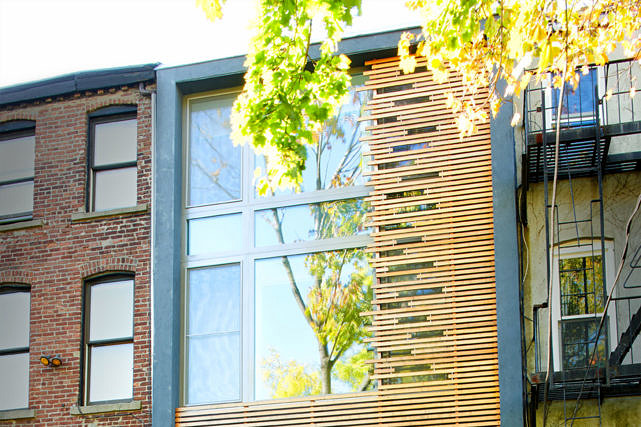Passive houses are a revolution in energy-efficient living. They are designed to consume minimal energy while providing superior indoor air quality and comfort. A critical component of these homes is their ventilation system, which ensures a constant supply of fresh air without energy loss. In this article, we’ll delve into the mechanics of these systems and how they contribute to the overall efficiency of passive houses.
Before we delve into the specifics of ventilation in passive houses, it’s useful to understand the concept of a passive house. For more detailed information, you can check out our article on what is a passive house.
The Role of Ventilation in Energy-Efficient Homes
Ventilation plays a crucial role in maintaining the indoor air quality of a home. In passive houses, the ventilation system is designed to provide fresh air and remove stale air without causing significant energy loss. This is achieved through a combination of careful design and advanced technology.
Components of Passive House Ventilation
The ventilation system in a passive house typically consists of an air supply system, an exhaust system, and a heat recovery system. The air supply system brings in fresh air, the exhaust system removes stale air, and the heat recovery system transfers heat from the outgoing air to the incoming air to minimize energy loss.
Benefits of Passive House Ventilation
By ensuring a constant supply of fresh air and minimizing energy loss, passive house ventilation systems contribute to the overall energy efficiency of the home. They also help maintain a comfortable indoor temperature and humidity level, and reduce the risk of mold and other indoor air quality issues.
For more insights into the benefits of passive houses, you can visit this comprehensive guide.
To enhance the efficiency of your passive house ventilation system, you can monitor vents with solar cam and ensure uninterrupted operation with a solar backup.






